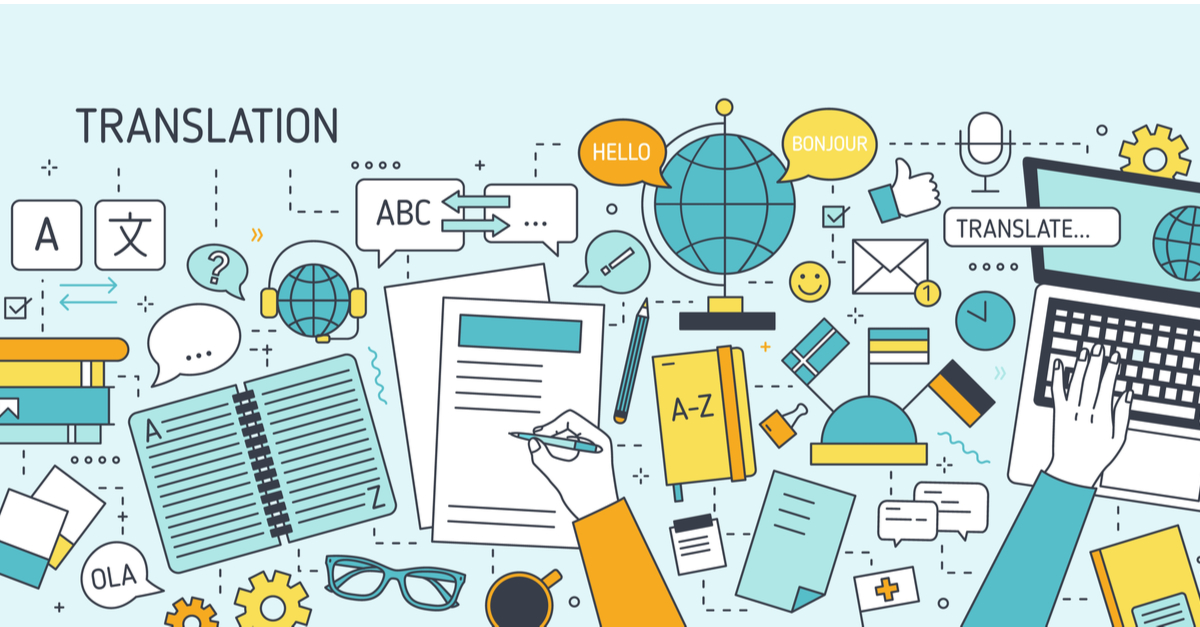Subtotal: $4398.00

Education is often referred to as the great equalizer, but language barriers can sometimes get in the way of its promise. Imagine being handed a book in a language you don’t understand or sitting through a lecture where every word feels like a puzzle. This is the reality for millions of students worldwide. Translation plays a crucial role in breaking down these barriers, ensuring that learning becomes accessible to everyone, no matter their linguistic background.
At its core, translation in education is about inclusivity. When educational materials, such as textbooks, lectures, and digital resources, are translated into different languages, they become a bridge for students who might otherwise be left behind. For instance, in multicultural classrooms where students speak diverse languages, translated content ensures that everyone gets the same chance to learn and succeed. It’s not just about words; it’s about creating an equal playing field.
Moreover, translation fosters cultural understanding. Education isn’t only about facts and formulas—it’s about connecting with different perspectives. By translating materials, educators can share knowledge from different parts of the world, helping students appreciate diverse cultures and ideas. Think of it as opening a window to a new world. A history lesson from another country or a scientific breakthrough written in a foreign language can inspire students globally when translated.

Another big win is in the digital education space. With online learning platforms gaining momentum, students now have access to courses taught by instructors from all over the world. But here’s the catch—if these materials are only in one language, they limit access for non-native speakers. Translation steps in to remove this barrier, making MOOCs (Massive Open Online Courses), webinars, and e-learning tools available to a wider audience.
Still, the task of translation is not without its challenges. The nuances of language—idioms, cultural references, and context—require more than a word-for-word conversion. Skilled translators and technology-driven tools like AI-powered translation software are essential to make sure nothing gets lost in translation.
In the end, translation is more than just converting one language to another; it’s about creating opportunities. When we make education accessible in every language, we’re not just teaching; we’re empowering individuals, bridging cultures, and ultimately building a more inclusive world. Isn’t that the true purpose of education?